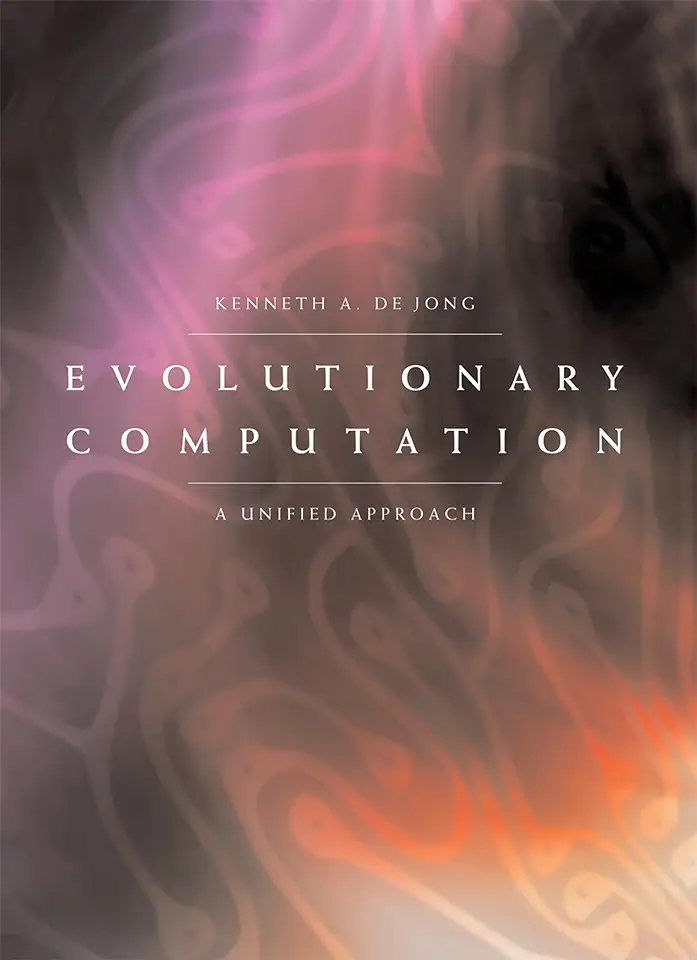
Evolutionary Computation - Kenneth A. de Jong
Evolutionary Computation: A Powerful Tool for Optimization and Problem Solving
Introduction
Evolutionary computation (EC) is a powerful and versatile technique for solving a wide range of optimization and problem-solving problems. Inspired by the principles of natural evolution, EC algorithms mimic the process of natural selection to find optimal solutions to complex problems.
Key Concepts
The fundamental concepts of EC include:
- Population: A set of candidate solutions to the problem being solved.
- Fitness: A measure of the quality of each solution in the population.
- Selection: The process of choosing which solutions from the population will be used to create the next generation.
- Variation: The process of introducing new solutions into the population through mutation and recombination.
- Convergence: The process by which the population evolves over time to produce increasingly better solutions.
Applications
EC has been successfully applied to a wide range of problems, including:
- Optimization: Finding the best possible solution to a given problem, such as the shortest path through a network or the most efficient design for a product.
- Machine learning: Training computers to learn from data, such as recognizing patterns in images or predicting future events.
- Robotics: Controlling robots to perform tasks, such as navigating through a maze or assembling objects.
- Scheduling: Optimizing the order in which tasks are performed, such as scheduling flights or production processes.
- Finance: Optimizing investment portfolios or managing risk.
Benefits of EC
EC offers a number of advantages over traditional optimization techniques, including:
- Robustness: EC algorithms are robust and can handle a wide range of problems, including those with complex constraints or noisy data.
- Global optimization: EC algorithms are capable of finding global optima, rather than just local optima, which can be a problem for traditional optimization techniques.
- Parallelization: EC algorithms can be easily parallelized, making them suitable for solving large-scale problems on high-performance computing systems.
- Flexibility: EC algorithms can be customized to suit the specific requirements of a particular problem.
Conclusion
Evolutionary computation is a powerful and versatile technique for solving a wide range of optimization and problem-solving problems. Its robustness, global optimization capabilities, parallelization, and flexibility make it an ideal choice for tackling complex problems in a variety of fields.
Call to Action
If you are interested in learning more about evolutionary computation, I encourage you to purchase the book "Evolutionary Computation" by Kenneth A. de Jong. This comprehensive and well-written book provides a thorough introduction to the field of EC, covering the key concepts, algorithms, and applications. With its clear explanations and豊富な examples, this book is an essential resource for anyone interested in using EC to solve real-world problems.